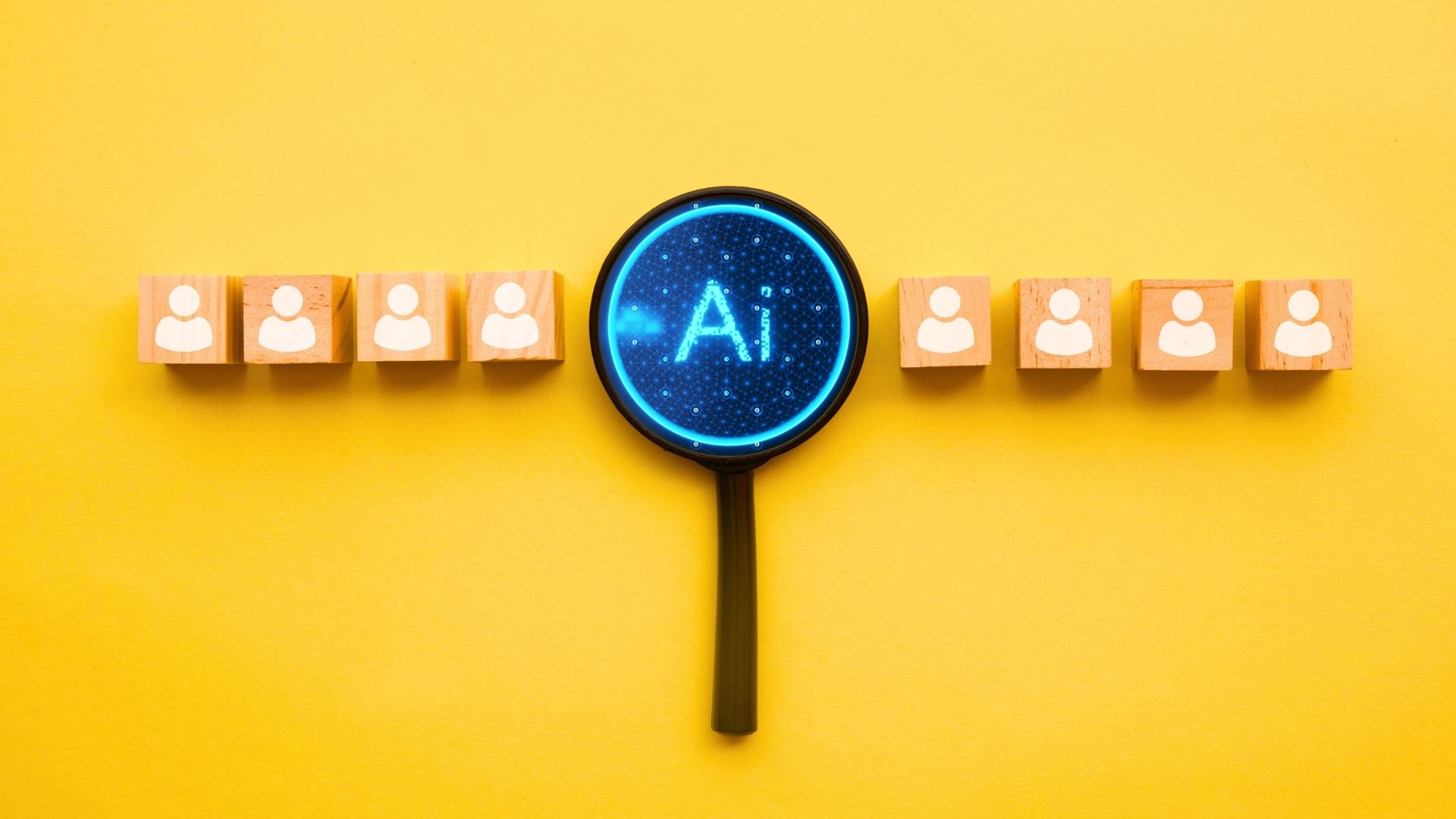How AI Algorithms Could Impact Hiring and Firing Decisions
In recent years, artificial intelligence (AI) has made significant inroads into various aspects of business operations, including human resources (HR). One of the most transformative applications of AI in HR is its role in hiring and firing decisions. AI’s ability to analyze large volumes of data, identify patterns, and make predictions has made it an invaluable tool for many organizations. However, the increasing reliance on AI in these critical areas raises important questions about fairness, bias, and the future of human judgment in employment practices. This blog delves into how AI algorithms are being used to decide who gets hired and fired, the benefits and potential pitfalls of these technologies, and the ethical considerations that must be addressed.
The Growing Role of AI in Hiring
AI-Powered Resume Screening
A prevalent application of AI in the hiring process is the screening of resumes. Traditional resume review processes involve human recruiters manually sifting through stacks of resumes, a task that is both time-consuming and prone to errors. AI, however, can streamline this process by automatically scanning and analyzing resumes to identify candidates who meet the job criteria. According to Forbes, AI tools can process resumes at a speed and scale far beyond human capability, allowing employers to quickly identify top candidates.
AI-powered resume screening systems use natural language processing (NLP) and machine learning algorithms to evaluate resumes. These systems can compare candidates’ qualifications, skills, and experiences against the requirements of the job description. They also assess the relevance of candidates’ previous roles and accomplishments. This not only speeds up the hiring process but also helps ensure that the candidates who advance to the next stage are better aligned with the job’s requirements.
Predictive Analytics for Candidate Success
Beyond resume screening, AI is increasingly being used for predictive analytics in hiring. Predictive analytics entails utilizing past data to predict future results. In the context of hiring, this means analyzing data from past employees to identify traits and characteristics associated with high performance. For instance, an AI system might analyze data on previous employees who excelled in a particular role to determine which traits are linked to success.
This approach allows AI to recommend candidates who are more likely to thrive in the role based on patterns identified in the data. By leveraging predictive analytics, companies can make more informed hiring decisions and reduce the risk of hiring candidates who may not fit well with the organization or the role.
Reducing Bias in Hiring
One of the key advantages of AI in hiring is its potential to reduce bias. Human decision-making is often influenced by unconscious biases, which can affect the fairness of hiring decisions. AI systems, when properly designed, can mitigate these biases by focusing solely on the data and criteria relevant to the job. For example, AI can ignore demographic factors such as age, gender, or ethnicity, which are unrelated to job performance.
However, as the ACLU points out, AI is not immune to bias. If the data used to train AI models reflects historical biases, the AI can perpetuate and even amplify these biases. For instance, if a dataset used to train an AI system has a history of excluding certain demographic groups, the AI might continue to exclude candidates from these groups. To address this issue, it is crucial to ensure that AI systems are trained on diverse and representative datasets and that ongoing monitoring is in place to detect and correct biases.
The Role of AI in Firing Decisions
Monitoring and Performance Evaluation
AI’s influence extends beyond hiring into the realm of employee performance monitoring and firing decisions. Many companies now use AI to track and analyze employee performance through data collected from various sources, including productivity metrics, attendance records, and even communications. AI systems can analyze this data to identify patterns that may indicate performance issues.
For example, an AI system might monitor an employee’s productivity levels, frequency of absences, or the quality of their work. If the system detects patterns that suggest declining performance or frequent issues, it can flag these employees for further review. According to Korn Ferry, this use of AI can provide objective insights into an employee’s performance, helping to ensure that firing decisions are based on data rather than subjective judgments.
Algorithmic Decision-Making
The use of AI in firing decisions raises significant concerns about fairness and ethics. While AI can provide data-driven insights, it may not fully capture the nuances of an employee’s performance or the broader context in which performance issues occur. For instance, factors such as personal challenges, team dynamics, or temporary setbacks may not be adequately considered by an AI system.
The reliance on AI for firing decisions can lead to a lack of empathy and understanding in the decision-making process. As highlighted by Forbes, the potential for AI to make cold, data-driven decisions without considering individual circumstances is a significant concern. This can result in employees being dismissed based on metrics alone, without a full understanding of their situation.
Legal and Ethical Considerations
The integration of AI into firing decisions also raises legal and ethical issues. Employees may challenge AI-driven decisions if they believe they have been treated unfairly or if the decision is perceived as discriminatory. There is a growing need for transparency in how AI systems make decisions and for ensuring that these systems comply with legal standards.
Ethical considerations also come into play when using AI for firing decisions. The potential for AI to overlook critical human factors and make decisions based solely on data underscores the importance of human oversight. Employers need to strike a balance between leveraging AI’s analytical capabilities and maintaining a compassionate approach to employee management.
Balancing AI and Human Judgment
Human Oversight
Despite the advancements in AI, human judgment remains a crucial component in both hiring and firing decisions. AI should be viewed as a tool that supports rather than replaces human decision-making. While AI can provide valuable data and insights, it is essential for human recruiters and managers to interpret this information and make decisions that consider the broader context.
For instance, while AI can identify patterns in employee performance data, human managers should be involved in evaluating these patterns and considering factors such as team dynamics, personal circumstances, and the overall impact on the organization. Combining AI’s data-driven insights with human intuition and empathy can lead to more balanced and fair outcomes.
Ethical AI Development
The ethical development and use of AI are critical to addressing concerns about bias and fairness. AI developers must prioritize creating systems that are transparent, accountable, and designed to minimize bias. This involves training AI models on diverse and representative datasets. Implementing mechanisms to detect and correct biases is essential. Ensuring responsible use of AI in decision-making processes is crucial.
Transparency in AI decision-making processes is also important. Employers must explain how AI systems generate their recommendations. It’s also important to ensure employees understand AI’s role in hiring and firing decisions. Regular audits and evaluations of AI systems can help maintain fairness and address any issues that arise.
Future Trends in AI and Employment
As AI technology continues to evolve, its role in hiring and firing decisions is likely to expand. Future advancements may lead to more sophisticated AI systems with improved accuracy and fairness. For example, AI may become better at understanding the nuances of human behavior and performance, leading to more informed and empathetic decision-making.
However, the increased use of AI also requires ongoing vigilance regarding its ethical implications. Employers and developers must work together to ensure that AI is used in a way that respects employees’ rights and maintains fairness in the workplace.
Conclusion
AI algorithms are significantly transforming the landscape of hiring and firing decisions. By automating resume screening, AI enhances efficiency and accuracy in the hiring process. Predictive analytics further improves decision-making with data-driven insights. AI also provides valuable insights into employee performance, boosting overall effectiveness. However, the use of AI also raises important concerns related to bias, fairness, and ethics.
To maximize AI’s benefits while addressing potential drawbacks, it is essential to balance AI with human judgment and oversight. Ethical development and responsible use of AI are crucial to ensuring that these technologies support fair and compassionate employment practices. As AI continues to evolve, it is important to navigate these issues thoughtfully. It ensuring that AI remains a valuable tool in human resources without compromising fairness and equity.




